Toyin Ojih Odutola explores race and identity in black and white
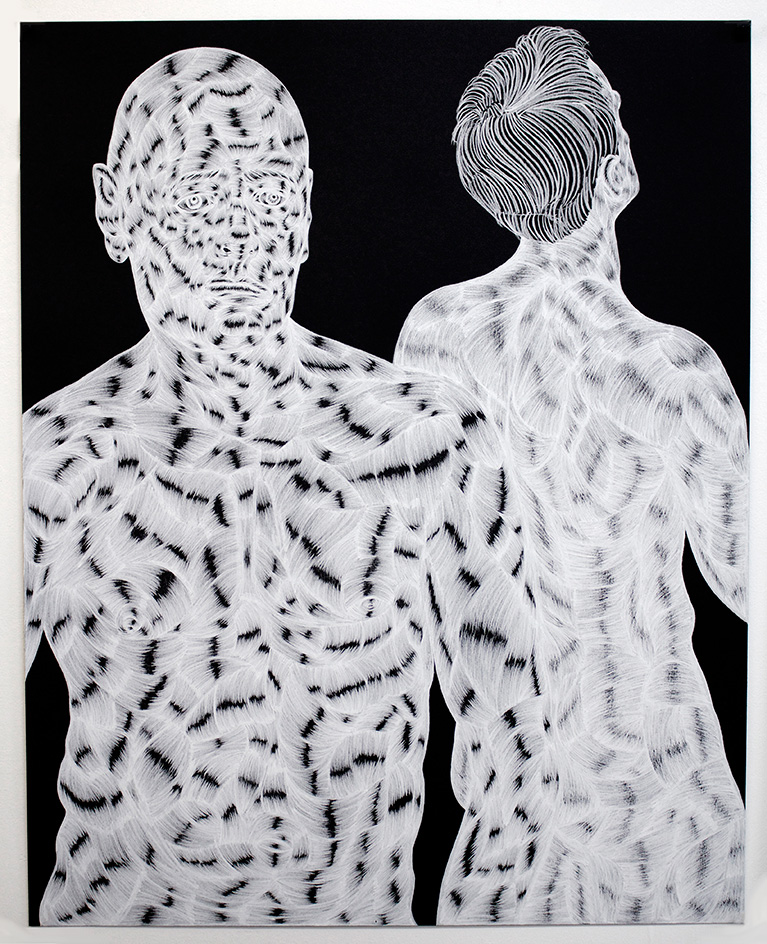
Though she’s conceived four solo shows with New York’s Jack Shainman Gallery in as many years — her latest, Of Context and Without, which opens this week — Toyin Ojih Odutola has always felt that ‘there was this period where people weren't getting the work,’ she says. ‘They weren't getting the narrative.’
While that may be true, the Nigerian-born, New York-based artist’s hypnotic, ballpoint pen ink and charcoal figurative drawings have earned her spots in the Studio Museum in Harlem’s FORE and Black: Color, Material, Concept surveys and the To Be Young, Gifted and Black group show Hank Willis Thomas curated at Johannesburg’s Goodman Gallery. She’s also been the focus of solo shows at the Contemporary Art Museum St. Louis and the Indianapolis Museum of Contemporary Art.
‘To be black today is exhausting enough, but then to be a black image-maker, I have two choices: I can address this frustration that I’m feeling, not just as an artist but as a person, and engage in that in my work,’ says Ojih Odutola, who was upset with the ‘quick reads’ her work was getting. ‘A lot of times you look at a black woman’s work, people think it has to be about certain things, so I really wanted to play with identifying things. I really wanted to confuse people.’
As such, Of Context and Without begins with a group of works made with white charcoal on blackboard. ‘What I really loved is that when you use black as a demarcating tool and replace it with white it suddenly makes things really, really slippery and people get uncomfortable because they can’t delineate anything,’ she says. ‘All of a sudden this idea of context is very suspect and the content becomes unreliable.’ To wit, an image of a black runway model is rendered in white charcoal (and somewhat extra-terrestrial).
There are also grayscale figures with shimmering (seemingly pupil-less) eyes that confuse form and image even further, allowing the artist to address race and blackness on the continent with a twist on her iconic pen-and-ink drawings. ‘People expect me to draw black people and obviously that’s not helping the situation, people are still getting killed and mistreated, and that’s not what I want to address. I want to address the image of blackness that society can’t seem to address properly.’
After seeing a commentator on a CNN panel discuss the problem of seeing images of Michael Brown as a concept — instead of a person — ‘that hit me like a ton of bricks. We’re not even looking at all these people, we’re just seeing them as ideas,’ says Ojih Odutola. ‘Once you put blackness on someone you don’t even see them, the blackness is an obfuscating element that obstructs anything that’s behind.’ To redirect the conversation she began a series of drawings, dubbed The Treatment, of famous white men — whose identities she prefers not to reveal — with black faces and simple pencil outlines for their hair and clothes that transform these iconic visages into anonymous mugs.
‘The reason for my seeming evasiveness towards readily identifying things is because it feels like the act itself is a disservice,’ says Ojih Odutola. ‘To immediately identify means to give a swooping read, something singular and not at all multifaceted, which is what the actually mark-making of my work has always been about: the multifaceted nature of people, things, and situations.’ Two dozen of these are installed at Shainman’s 20th Street gallery.
In one final play on identity, the artist’s includes renderings of herself. One is a white charcoal self-portrait that was titled Subway Selfie (Or be Thankful to Exist), which addresses the need to capture ourselves. The second is larger-than-life-sized marker piece of a nude Ojih Odutola, originally titled What’s on offer but is now called The Object is the Technique + The Technique is the Object (after a Francis Bacon quote).
‘I love the idea of that quote because it’s about image and not about me. I want the marks to be the subject,’ she says, admitting, ‘I'm exposing a lot in this show. In particular, I'm exposing my process but I am doing this because I want people to see what I see in the makings of these works that often doesn't get shown in the final product. It's like I'm welcoming them into my studio for a moment with each drawing.’
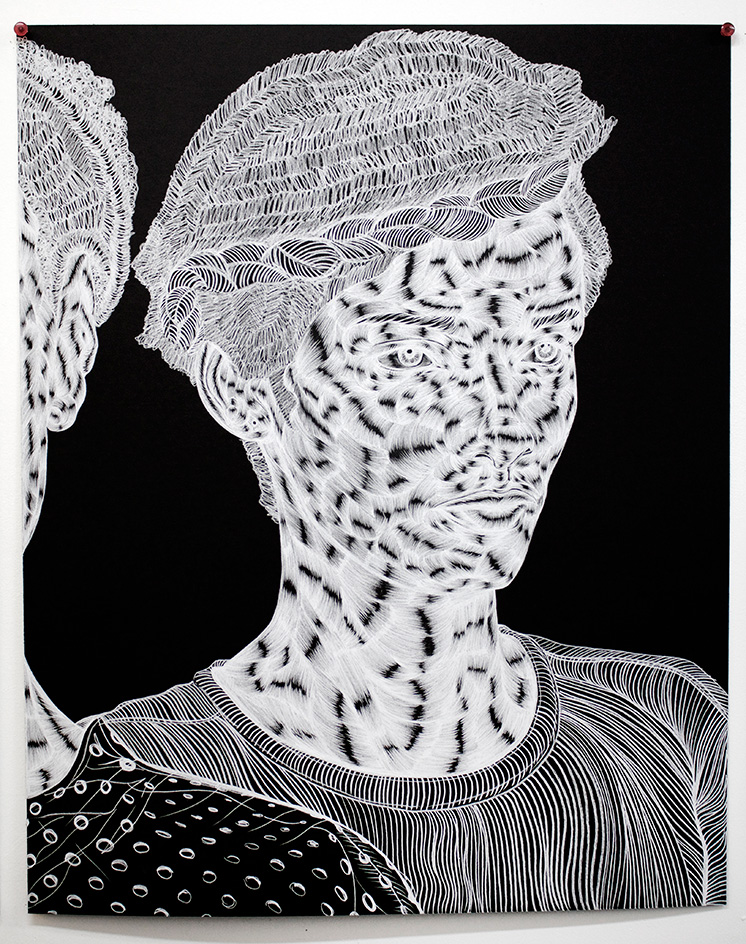
Best known for her hypnotic, ballpoint pen ink and charcoal figurative drawings, Odutola’s new show begins with a group of works made with white charcoal on blackboard. Pictured: Changing Circumstances: Changing Attitudes, 2015, charcoal on board
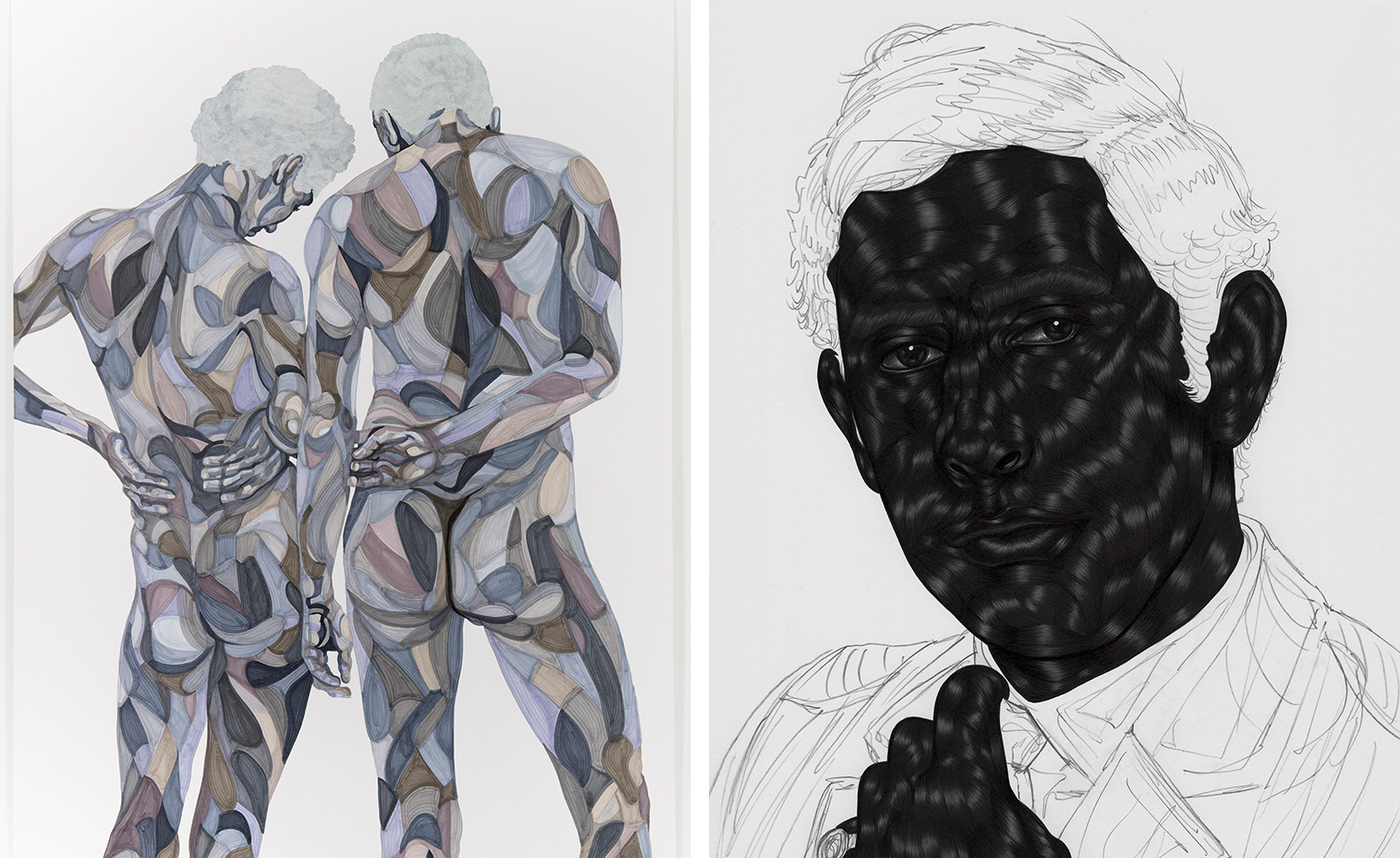
‘What I really loved is that when you use black as a demarcating tool and replace it with white it suddenly makes things really, really slippery and people get uncomfortable because they can’t delineate anything,’ she says. Pictured: (L) Quality Control, 2015, marker and pencil on paper, and (R) The Treatment 14, 2015, pen ink, gel ink and pencil on paper
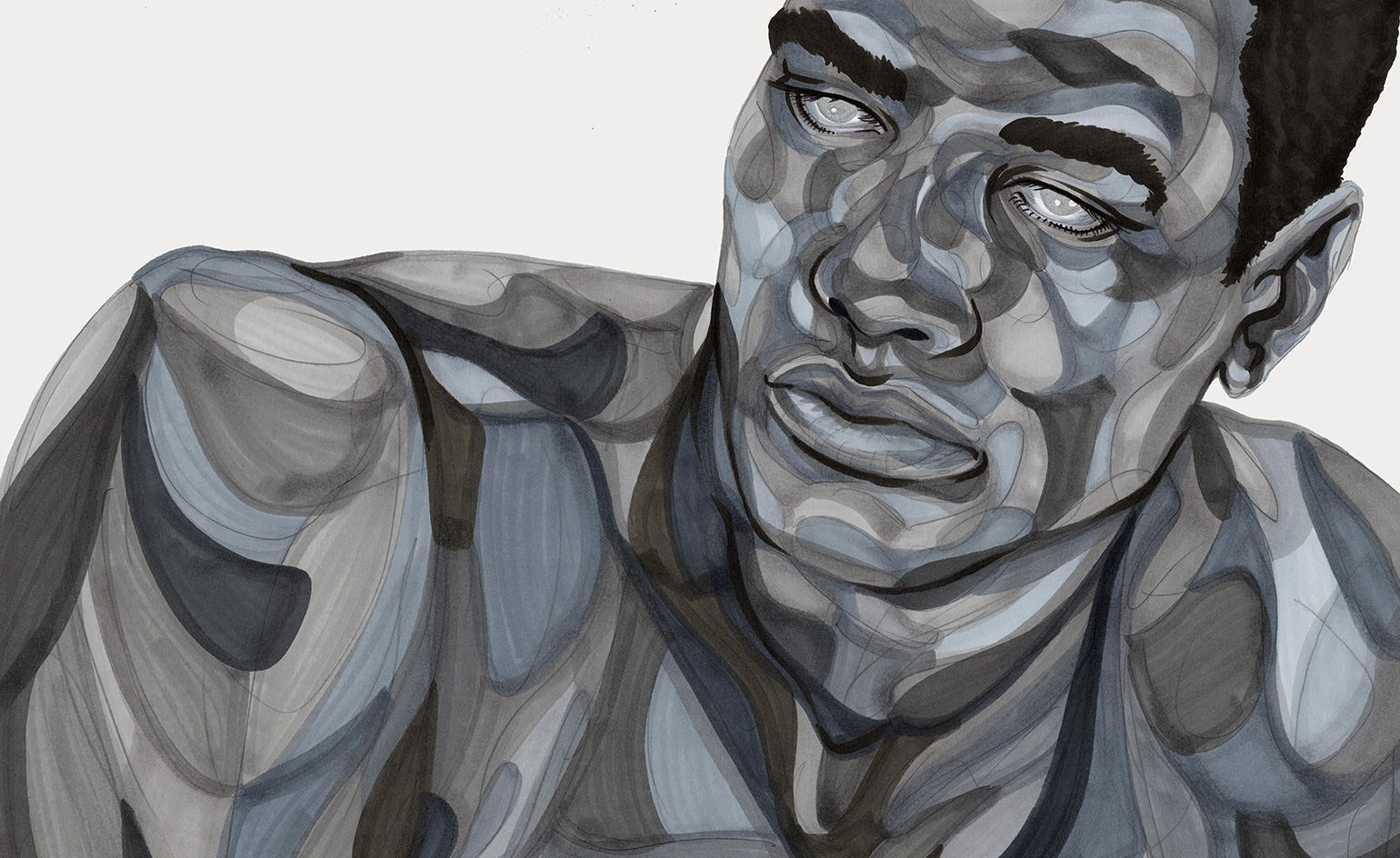
There are also grayscale figures with shimmering (seemingly pupil-less) eyes that confuse form and image even further, allowing the artist to address race and blackness with a twist on her iconic pen-and-ink drawings. Pictured: Mineral Survey, 2015, marker and pencil on paper

‘People expect me to draw black people and obviously that’s not helping the situation, people are still getting killed and mistreated, and that’s not what I want to address. I want to address the image of blackness that society can’t seem to address properly.’ Pictured: Soil Erosion, 2015, marker, pencil and gel ink on paper, diptych
INFORMATION
Of Context and Without opens on 11 December and runs through 30 January
Images courtesy of the artist and Jack Shainman gallery
ADDRESS
Jack Shainman Gallery
513 West 20th Street
New York, New York
Receive our daily digest of inspiration, escapism and design stories from around the world direct to your inbox.
-
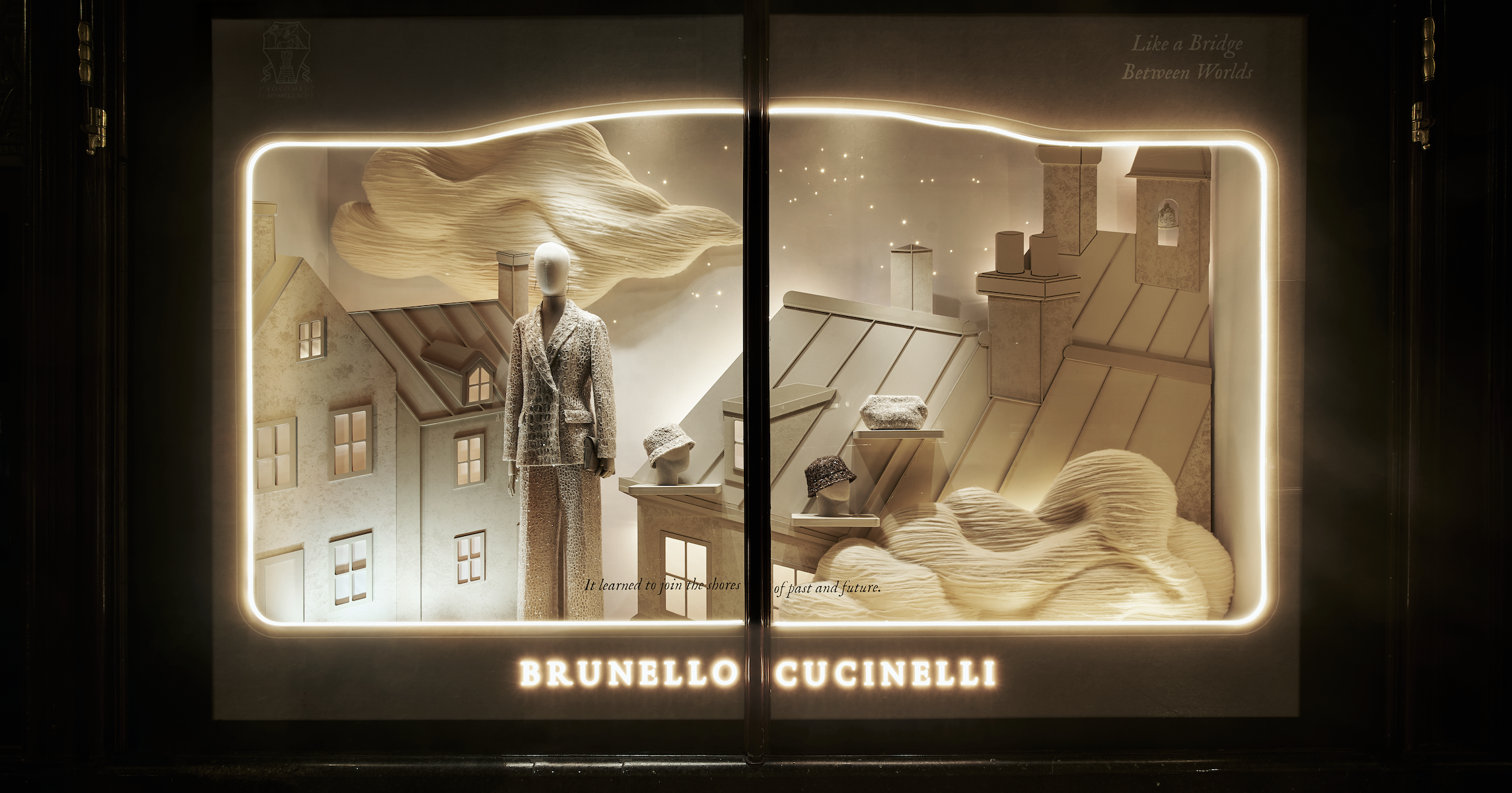 Brunello Cucinelli’s festive takeover of Harrods turns the department store into a cashmere wonderland
Brunello Cucinelli’s festive takeover of Harrods turns the department store into a cashmere wonderlandUnveiled this morning, the Umbrian fashion house has taken over the store’s iconic Brompton Road windows, celebrating the spirit of its home town of Solomeo in fantastical fashion
-
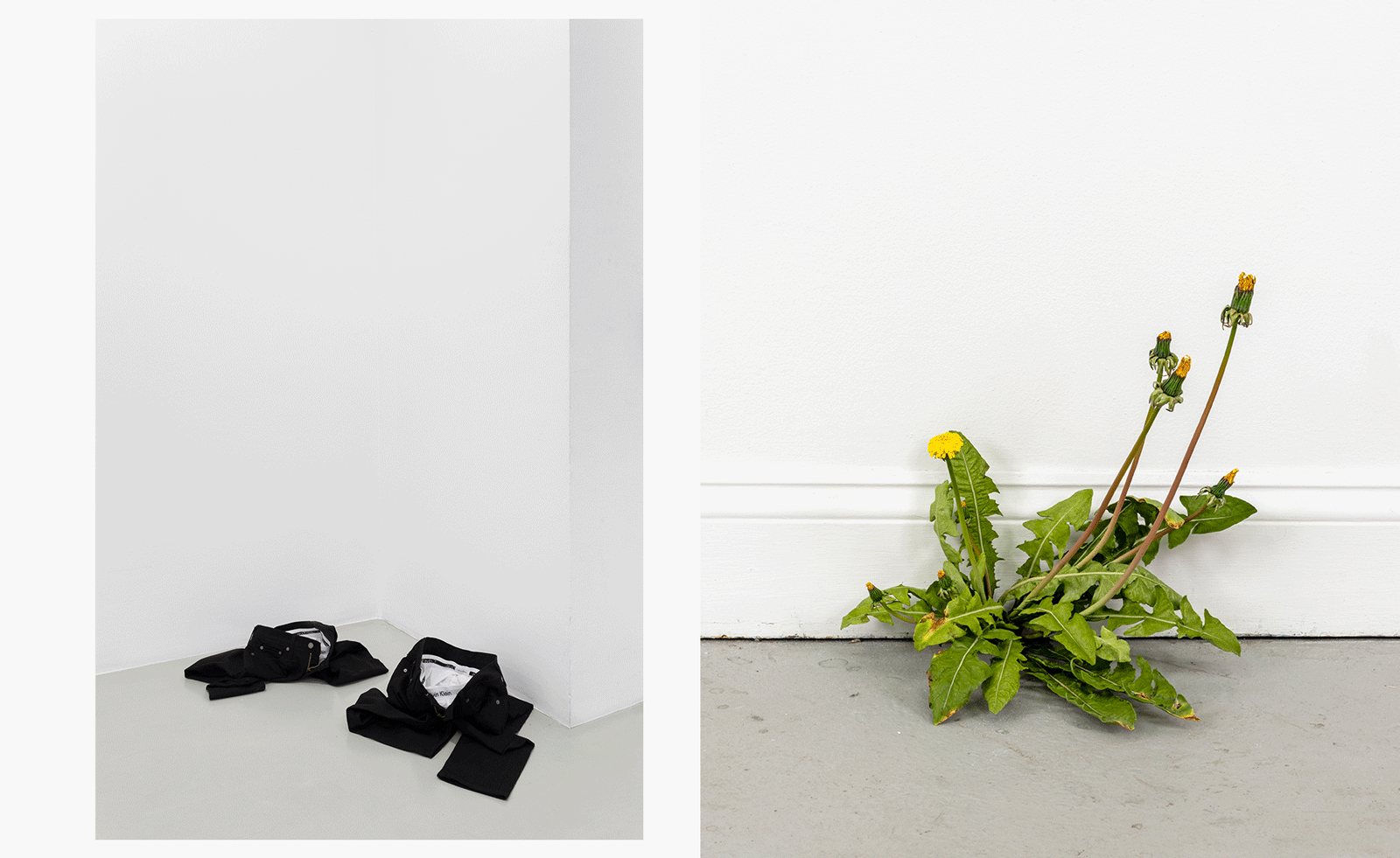 Each mundane object tells a story at Pace’s tribute to the everyday
Each mundane object tells a story at Pace’s tribute to the everydayIn a group exhibition, ‘Monument to the Unimportant’, artists give the seemingly insignificant – from discarded clothes to weeds in cracks – a longer look
-
 Discover The Legacy, Hong Kong’s eye-catching new condo
Discover The Legacy, Hong Kong’s eye-catching new condoThe Legacy, by ACPV Architects Antonio Citterio Patricia Viel, is a striking new condo tower that aims to ‘create a sense of community and solidarity among people’
-
 Out of office: The Wallpaper* editors’ picks of the week
Out of office: The Wallpaper* editors’ picks of the weekIt’s been a week of escapism: daydreams of Ghana sparked by lively local projects, glimpses of Tokyo on nostalgic film rolls, and a charming foray into the heart of Christmas as the festive season kicks off in earnest
-
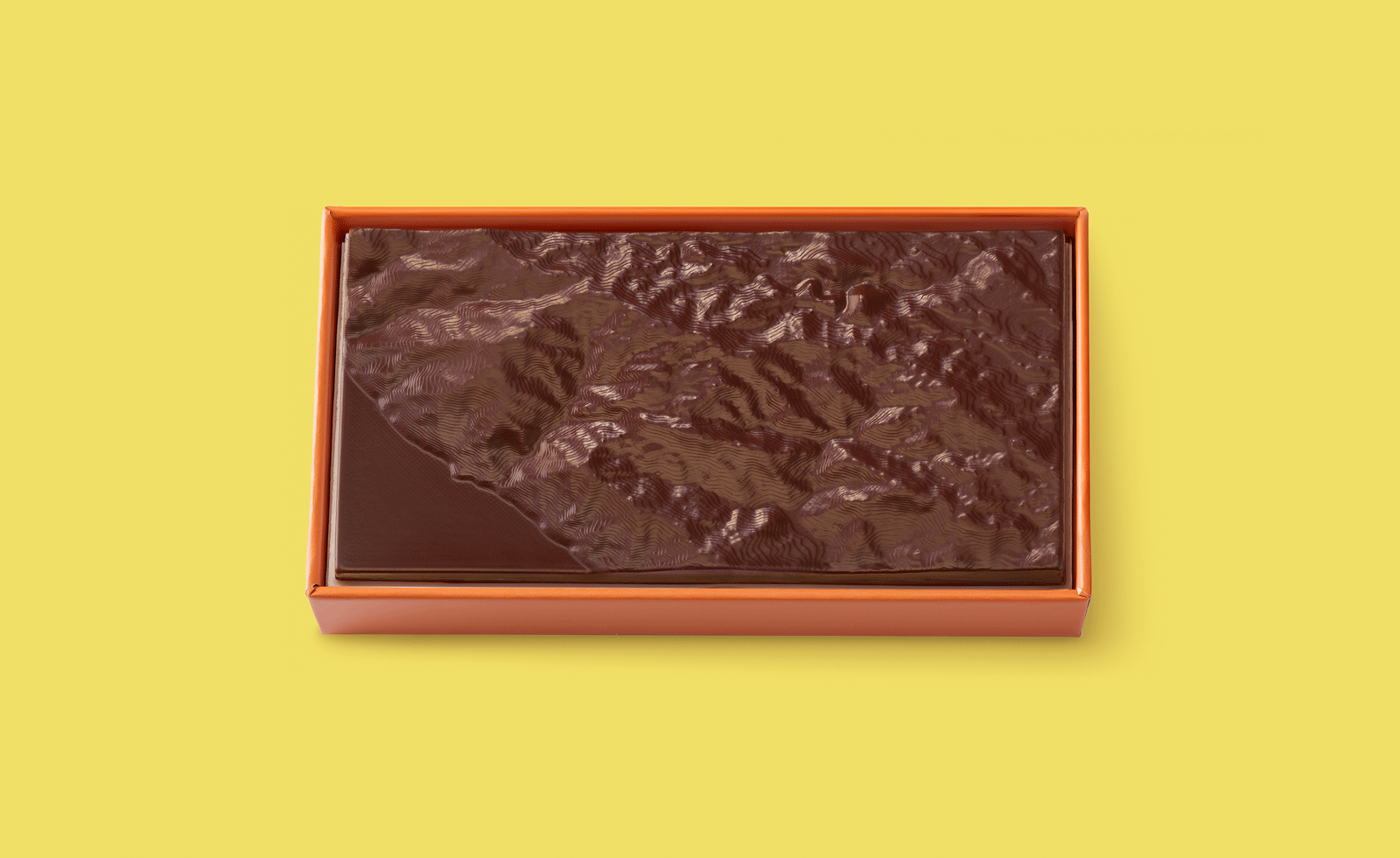 Ed Ruscha’s foray into chocolate is sweet, smart and very American
Ed Ruscha’s foray into chocolate is sweet, smart and very AmericanArt and chocolate combine deliciously in ‘Made in California’, a project from the artist with andSons Chocolatiers
-
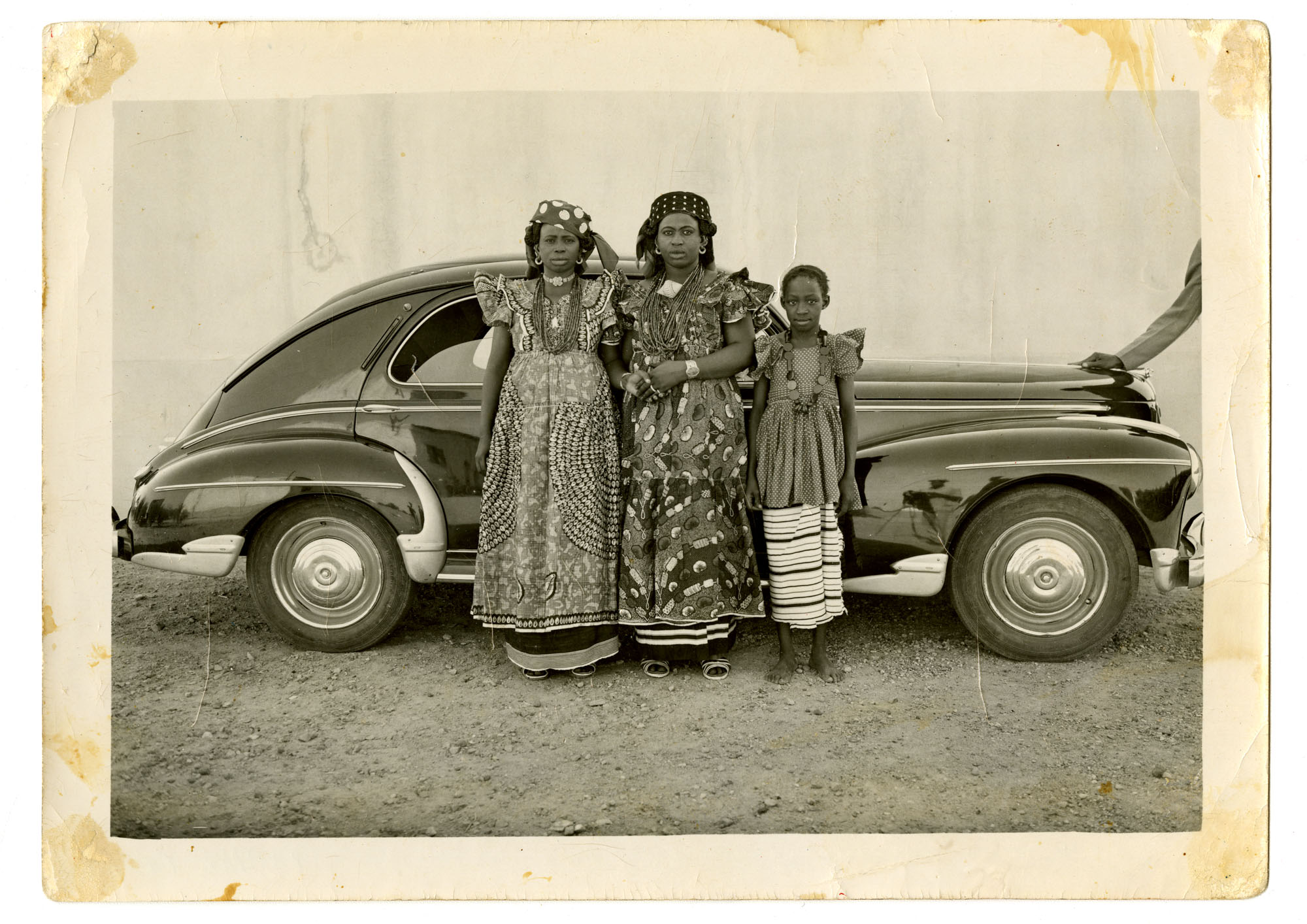 Inside the work of photographer Seydou Keïta, who captured portraits across West Africa
Inside the work of photographer Seydou Keïta, who captured portraits across West Africa‘Seydou Keïta: A Tactile Lens’, an exhibition at the Brooklyn Museum, New York, celebrates the 20th-century photographer
-
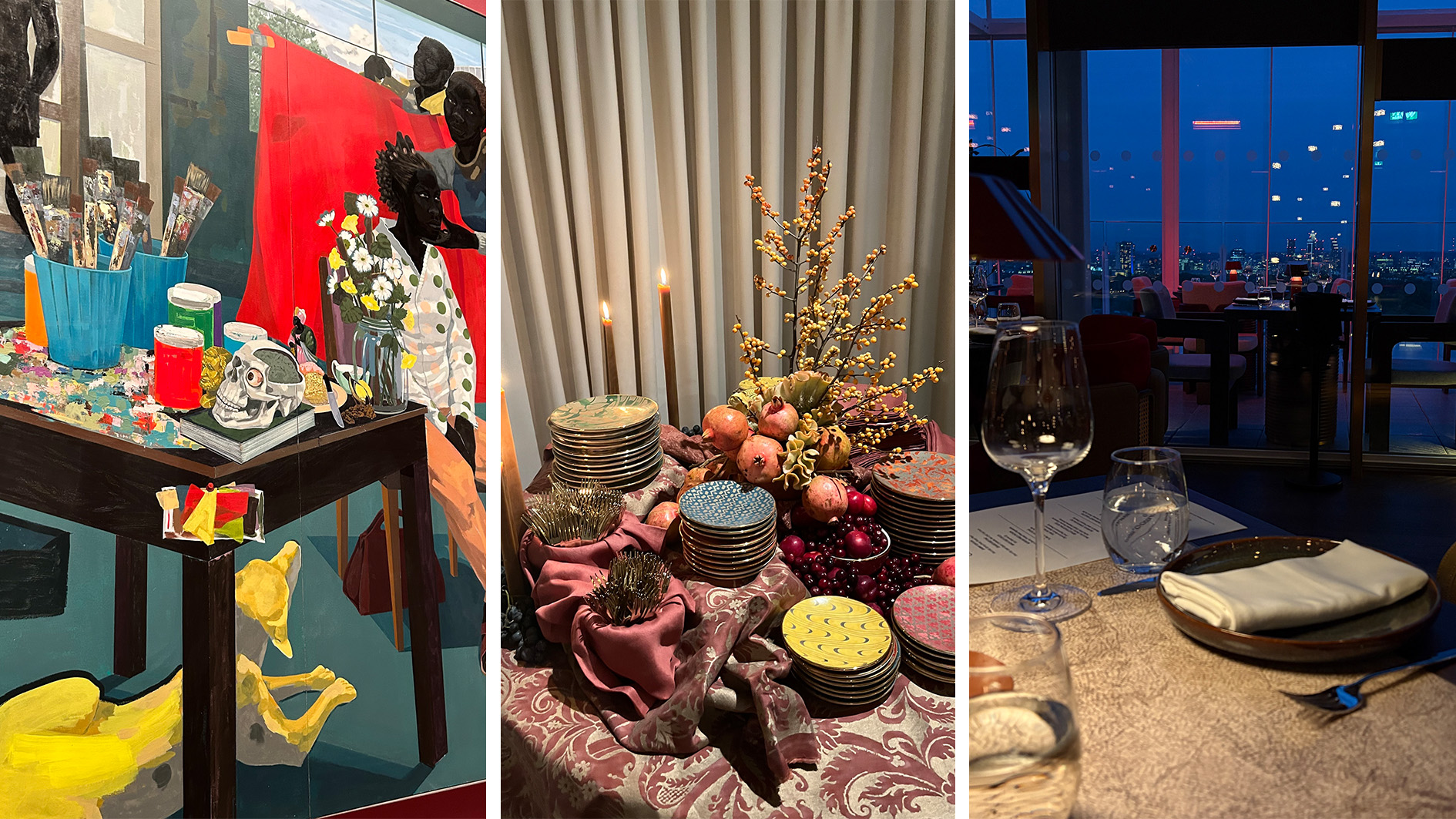 Out of office: The Wallpaper* editors’ picks of the week
Out of office: The Wallpaper* editors’ picks of the weekFrom sumo wrestling to Singaporean fare, medieval manuscripts to magnetic exhibitions, the Wallpaper* team have traversed the length and breadth of culture in the capital this week
-
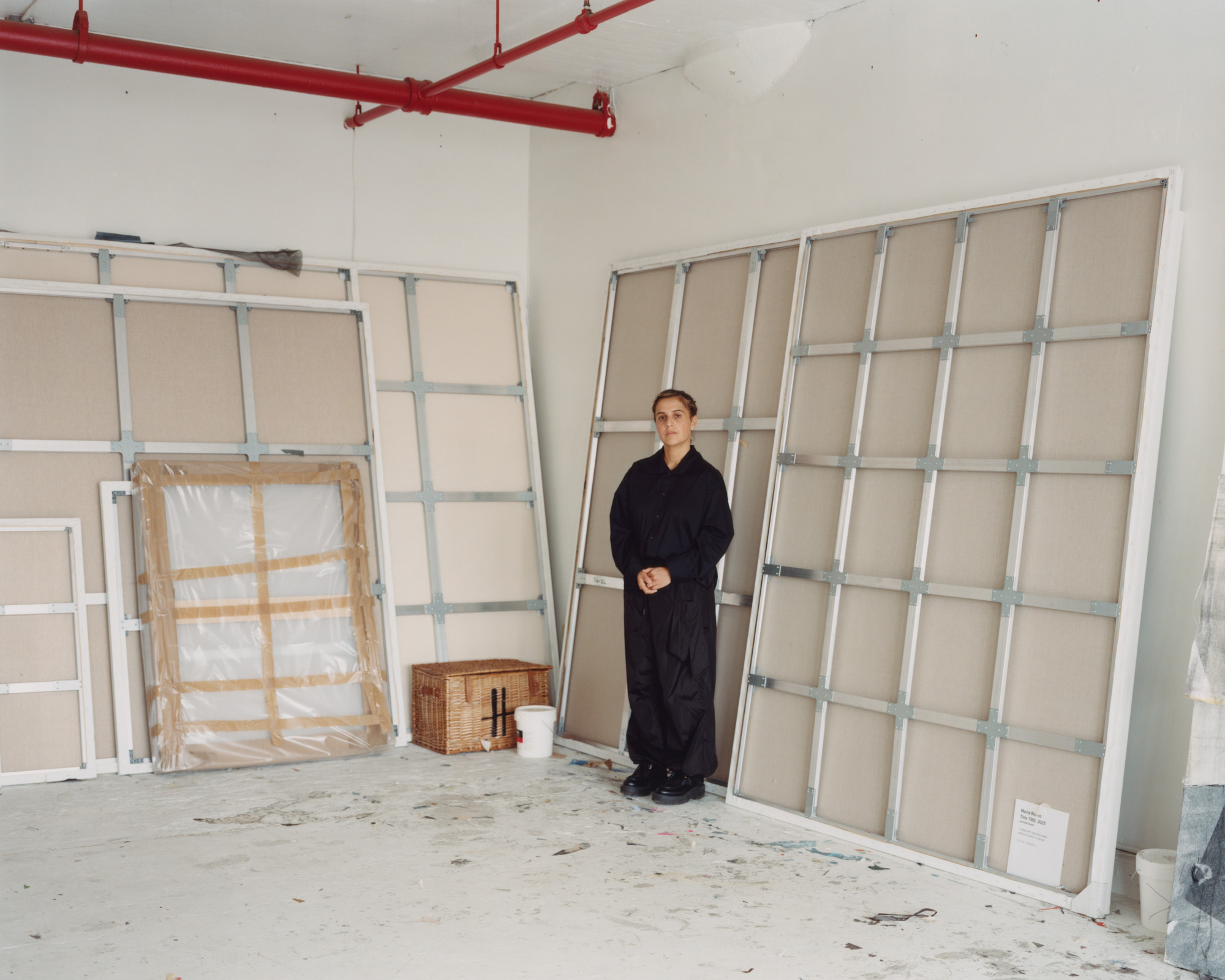 María Berrío creates fantastical worlds from Japanese-paper collages in New York
María Berrío creates fantastical worlds from Japanese-paper collages in New YorkNew York-based Colombian artist María Berrío explores a love of folklore and myth in delicate and colourful works on paper
-
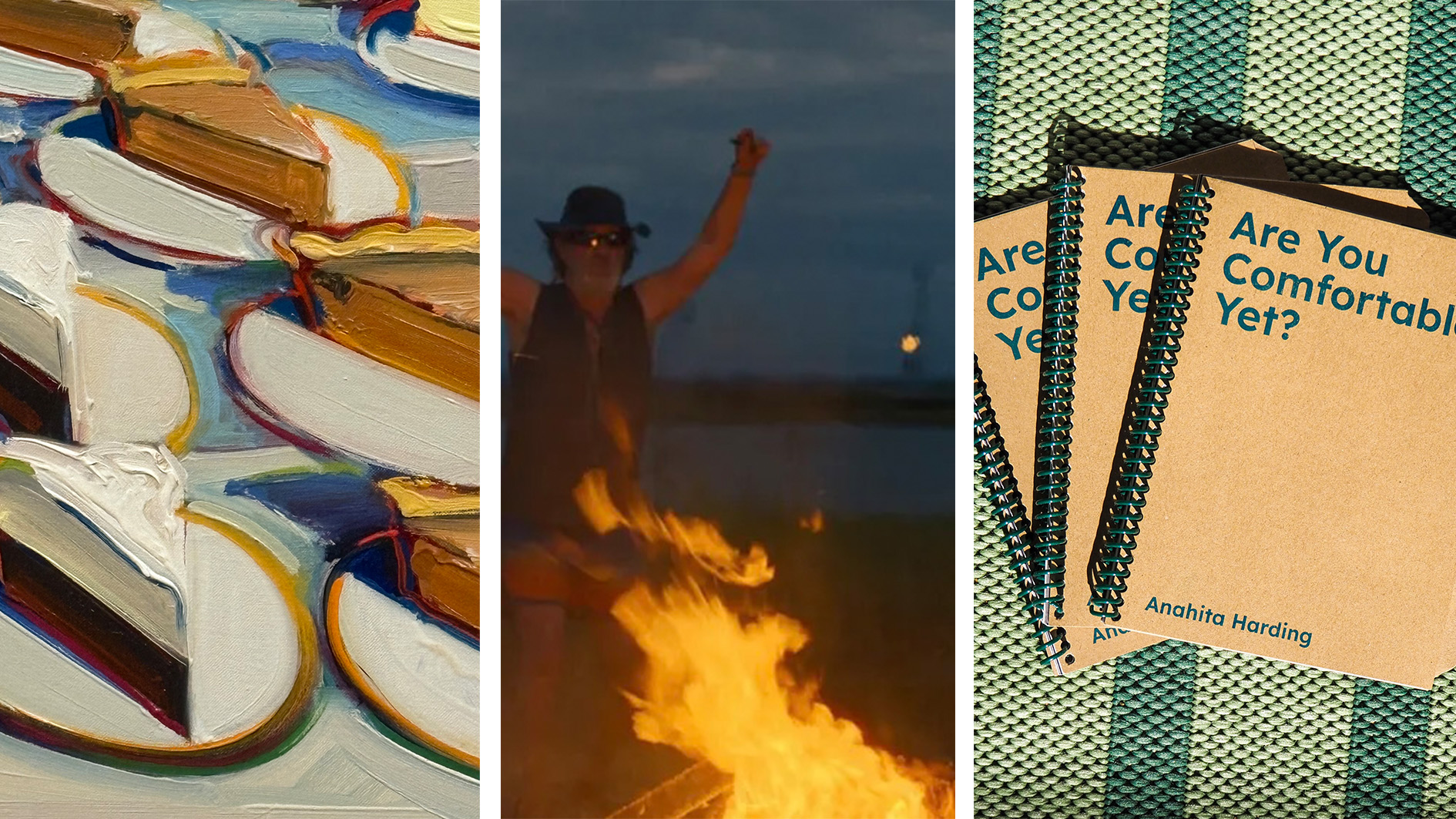 Out of office: the Wallpaper* editors’ picks of the week
Out of office: the Wallpaper* editors’ picks of the weekAs we approach Frieze, our editors have been trawling the capital's galleries. Elsewhere: a 'Wineglass' marathon, a must-see film, and a visit to a science museum
-
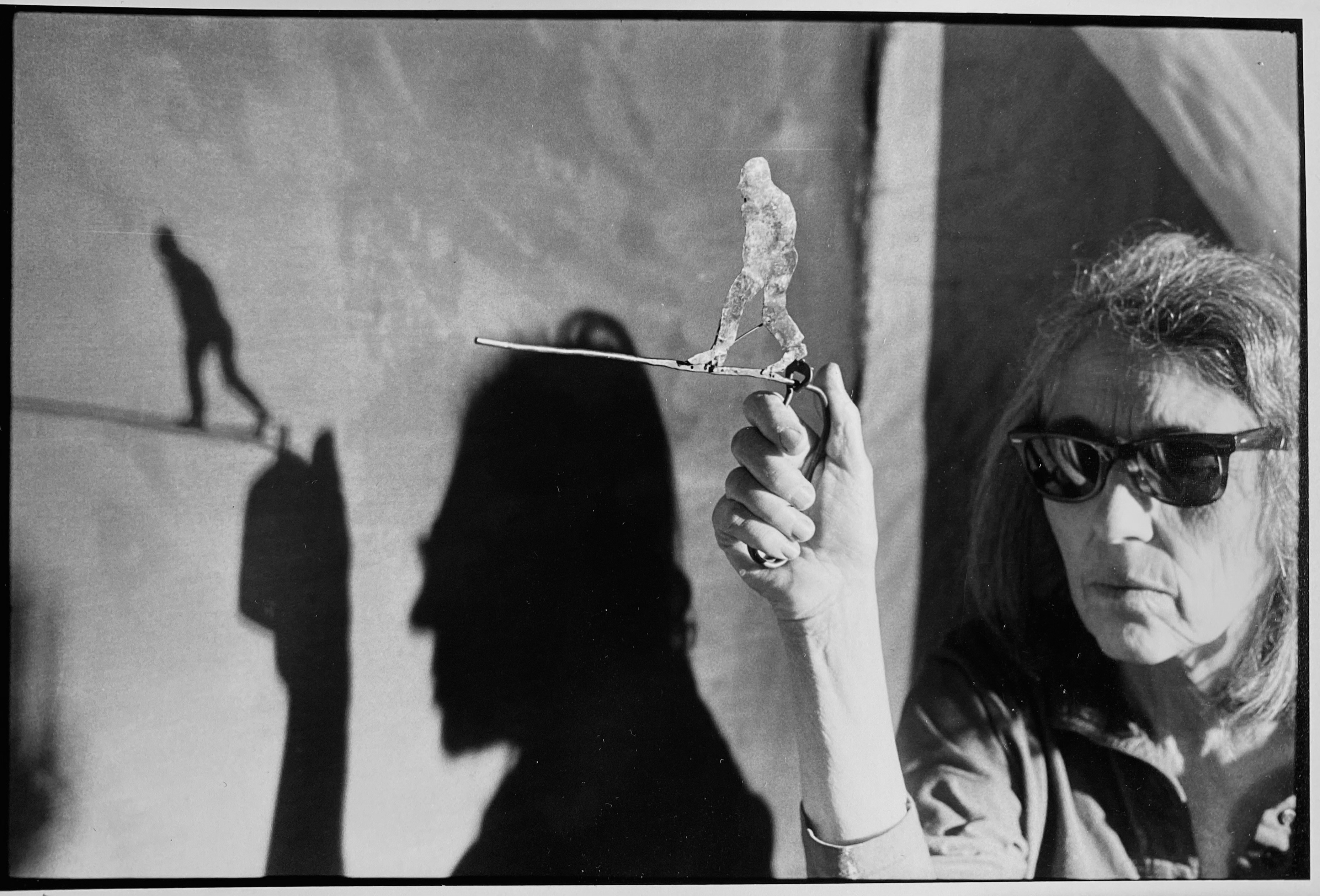 June Leaf’s New York survey captures a life in motion
June Leaf’s New York survey captures a life in motionJune Leaf made art in many forms for over seven decades, with an unstoppable energy and fierce appetite leading her to rationalise life in her own terms.
-
 Jamel Shabazz’s photographs are a love letter to Prospect Park
Jamel Shabazz’s photographs are a love letter to Prospect ParkIn a new book, ‘Prospect Park: Photographs of a Brooklyn Oasis, 1980 to 2025’, Jamel Shabazz discovers a warmer side of human nature